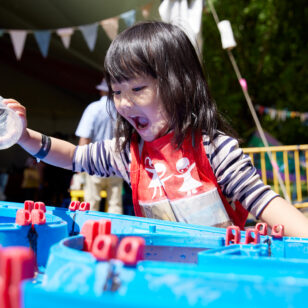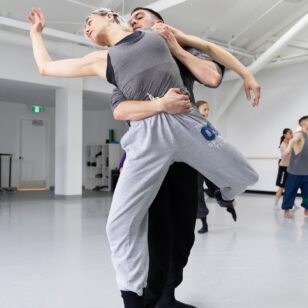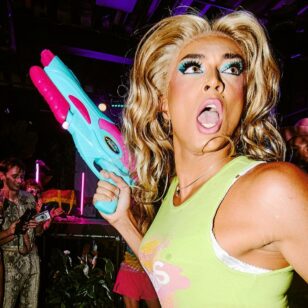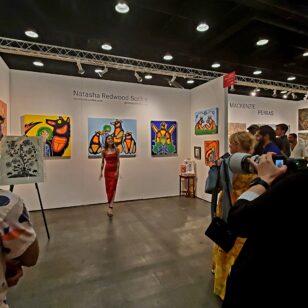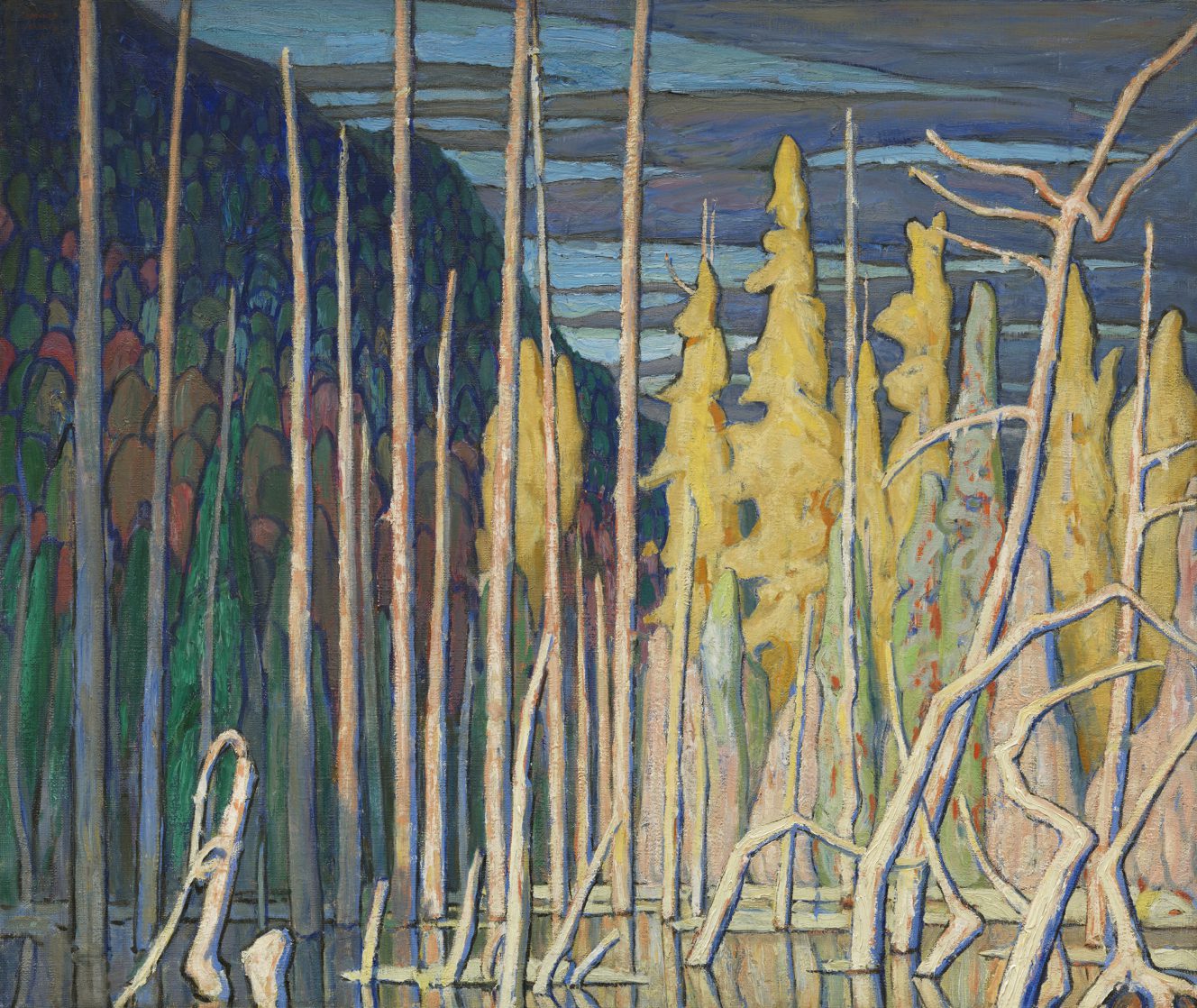
Lawren Harris, Tamarack Swamp, Algoma,
1920, oil on canvas,
Collection of the Vancouver Art Gallery, Gift of Mrs.
Margaret H. Knox, Photo: Trevor Mills,
Vancouver Art Gallery
This fall, the Vancouver Art Gallery is launching the first in a series of exhibitions that highlight the diversity and comprehensive ambition of its permanent collection.
Started in 1931 when the Gallery first opened, the collection is composed of nearly 12,000 works. A Curator’s View: Ian Thom Selects takes visitors on a journey through three decades of acquisition under the stewardship of a former Senior Curator.
Running from now until March 17, 2019, A Curator’s View: Ian Thom Selects presents ninety works that span over two centuries, with pieces that include pop art, iconic Canadian paintings, and Indigenous carvings.
Ian Thom, retired former Senior Curator-Historical, offered a sneak peek of the new exhibition, regaling his audience with stories about the history of the production and the acquisition of each work. His wit, curatorial knowledge, and passion will also be shared with visitors through an audio guide that accompanies the exhibition.
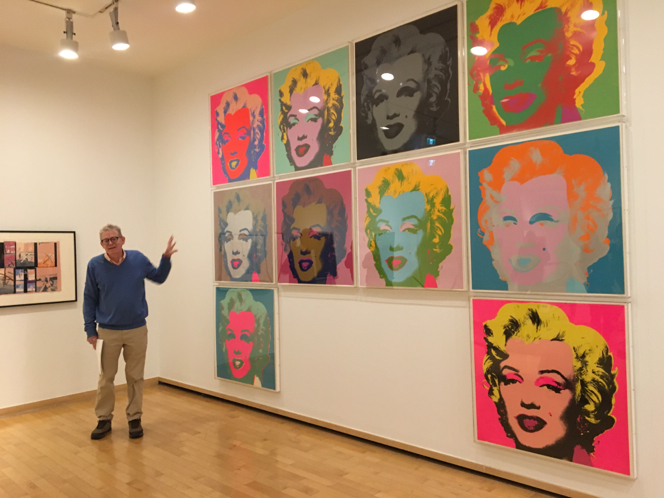
The exhibitions encompasses three gallery rooms, the first room particularly dominated by Andy Warhol’s Marilyn (1967) screen prints on paper, as well as a bleakly striking piece, entitled The Execution (1967), that evidences artist George Segal grappling with issues of racial violence, freedom, and the possibilities of the physical form.

This room depicts artists experimenting with their medium in order to provoke from the reader a response, often about prevailing norms and human identity and agency.
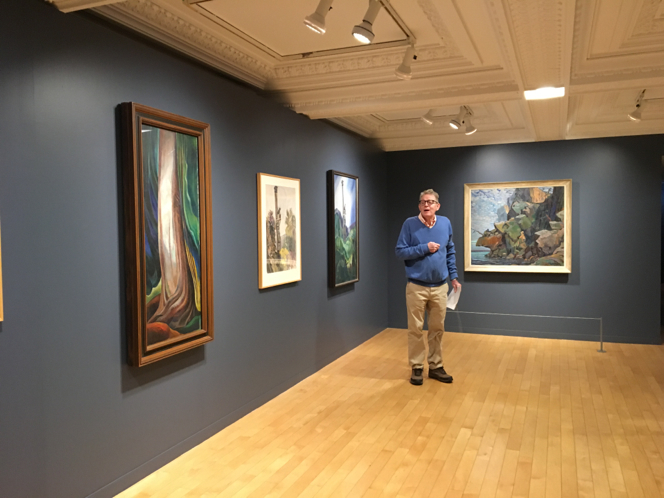
The second room takes the visitor into an exploration of key works within the Canadian collection, partially featuring the Gallery’s acquisition of important Emily Carr paintings. Thom juxtaposes two very similar works by Carr, one a watercolour entitled Nass River Pole, B.C. (1928) and the other an oil on canvas called Forsaken (1937), in order to chart Carr’s artistic process and evolution, as well as the occasional artistic license she took with her creations. Other Canadian, often local, artists and photographers also make an appearance within this room, among them being John Vanderpant, Lawren Harris, Frederick Varley, and E.J. Hughes. Thom also selected works by both historical and contemporary Indigenous artists, such as Robert Davidson, Chief Henry Speck, and 19th century Haida carvers, in order to indicate both the historical significance and present vibrancy of the pieces and art forms.
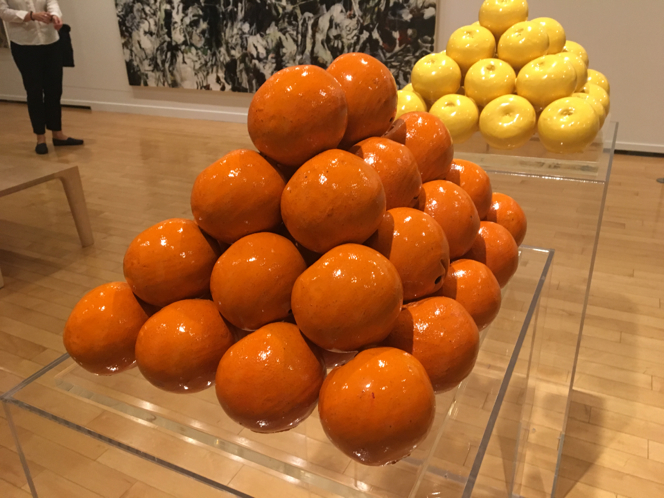
As the visitor moves into the third and final room, they will be struck by Gathie Falk’s 40 Oranges (1969-1970) and 30 Grapfruit (1970), sculptures of citric fruits seemingly levitating in the air. In this gallery space, Thom chose works that illustrate artists playing with the potentials of wood, tapestry, and paint. An especially arresting piece is one by Gordon Smith, Untitled (1996), a large acrylic on canvas that with its strokes of paint, drips, and foot-printed traces makes the physicality of paint the focus of the viewing experience.
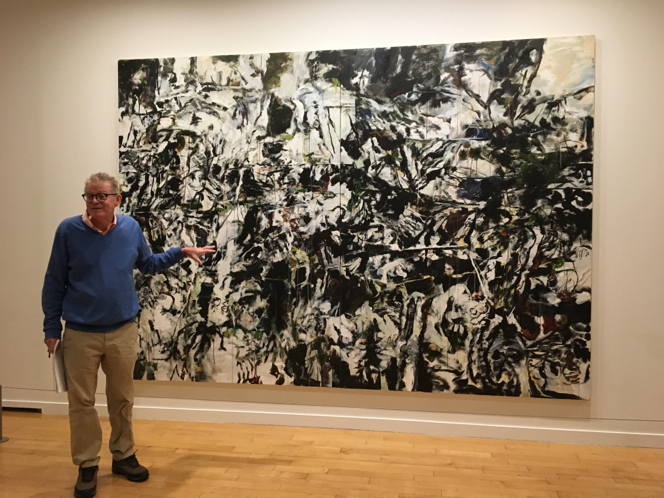
Overall, Thom has done an attentive job in bringing together and uniting a disparate group of works in an exhibition that is wonderfully illuminating.

Jock Macdonald, Fall (Modality 16), 1937,
oil on canvas,
Collection of the Vancouver Art Gallery,
Acquisition Fund, Photo: Vancouver Art Gallery
Further information can be found on-line.











